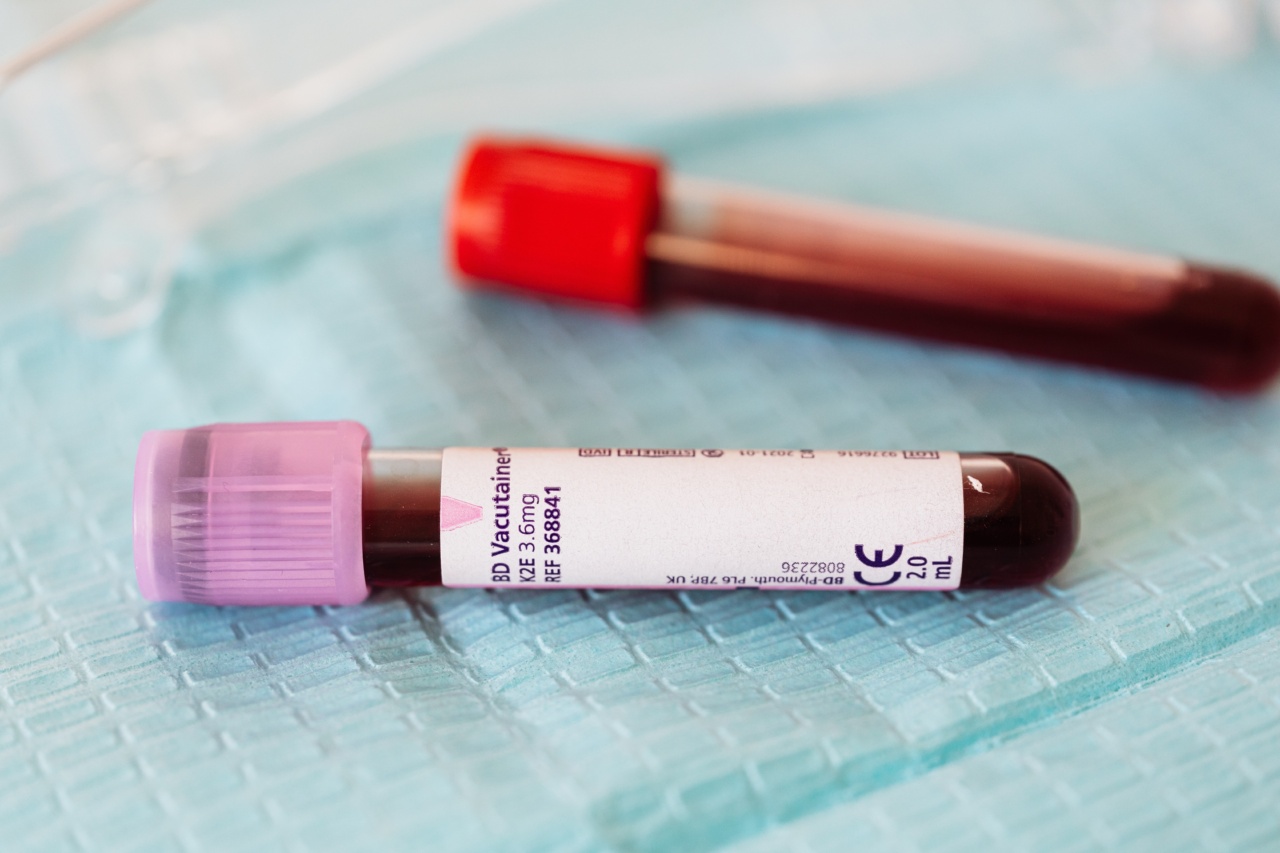Compression stockings are commonly used as a preventive measure for blood clot formation in various conditions. This critical review aims to provide an in-depth analysis of the effectiveness of compression stockings in preventing blood clots.
Understanding Blood Clots
Blood clots, also known as deep vein thrombosis (DVT), occur when a blood clot forms in a deep vein, usually in the leg.
These clots can be dangerous as they may break loose and travel through the bloodstream, leading to potential life-threatening complications.
Role of Compression Stockings
Compression stockings are specially designed garments that exert pressure on the legs, helping to improve blood flow and prevent blood pooling.
They work by compressing the veins and increasing the velocity of blood flow, reducing the risk of clot formation.
Evidence for Compression Stockings
Several scientific studies have examined the effectiveness of compression stockings in preventing blood clots.
A meta-analysis of these studies revealed that compression stockings significantly reduced the risk of DVT in both surgical and non-surgical patients.
Post-Surgery Prevention
Surgical procedures often increase the risk of blood clot formation due to immobility and reduced blood flow. Wearing compression stockings post-surgery has shown to be an effective preventive measure in reducing DVT occurrence.
Long-Haul Flights and Travel
Extended periods of sitting during long-haul flights or road trips can increase the risk of blood clots. Many travelers use compression stockings to counteract this risk and improve circulation during travel.
Pregnancy and Compression Stockings
Pregnancy is associated with changes in blood composition and heightened risk of blood clots. Compression stockings are commonly recommended to pregnant women to minimize this risk and support healthy blood circulation.
Varicose Veins and Compression Stockings
Varicose veins are enlarged, twisted veins that often cause discomfort and leg fatigue. Compression stockings are an effective non-invasive treatment option, relieving symptoms and reducing the risk of complications.
Choosing the Right Compression Stockings
Compression stockings come in different compression levels and sizes. It is essential to consult with a healthcare professional to ensure proper fitting and select the appropriate compression strength.
Usage and Compliance
While compression stockings are highly effective in preventing blood clots, their success depends on proper usage and patient compliance. Consistent wearing of compression stockings for the recommended duration is crucial for optimal results.
Potential Side Effects
Although compression stockings are generally safe, they can cause some side effects such as discomfort, skin irritation, or difficulty wearing them in certain situations. Consulting with a healthcare professional is advised if any issues arise.
Conclusion
Compression stockings play a vital role in preventing blood clots, particularly in high-risk individuals such as post-surgical patients, pregnant women, and frequent travelers.
Their effectiveness is supported by scientific evidence and they are considered a safe and non-invasive intervention.































